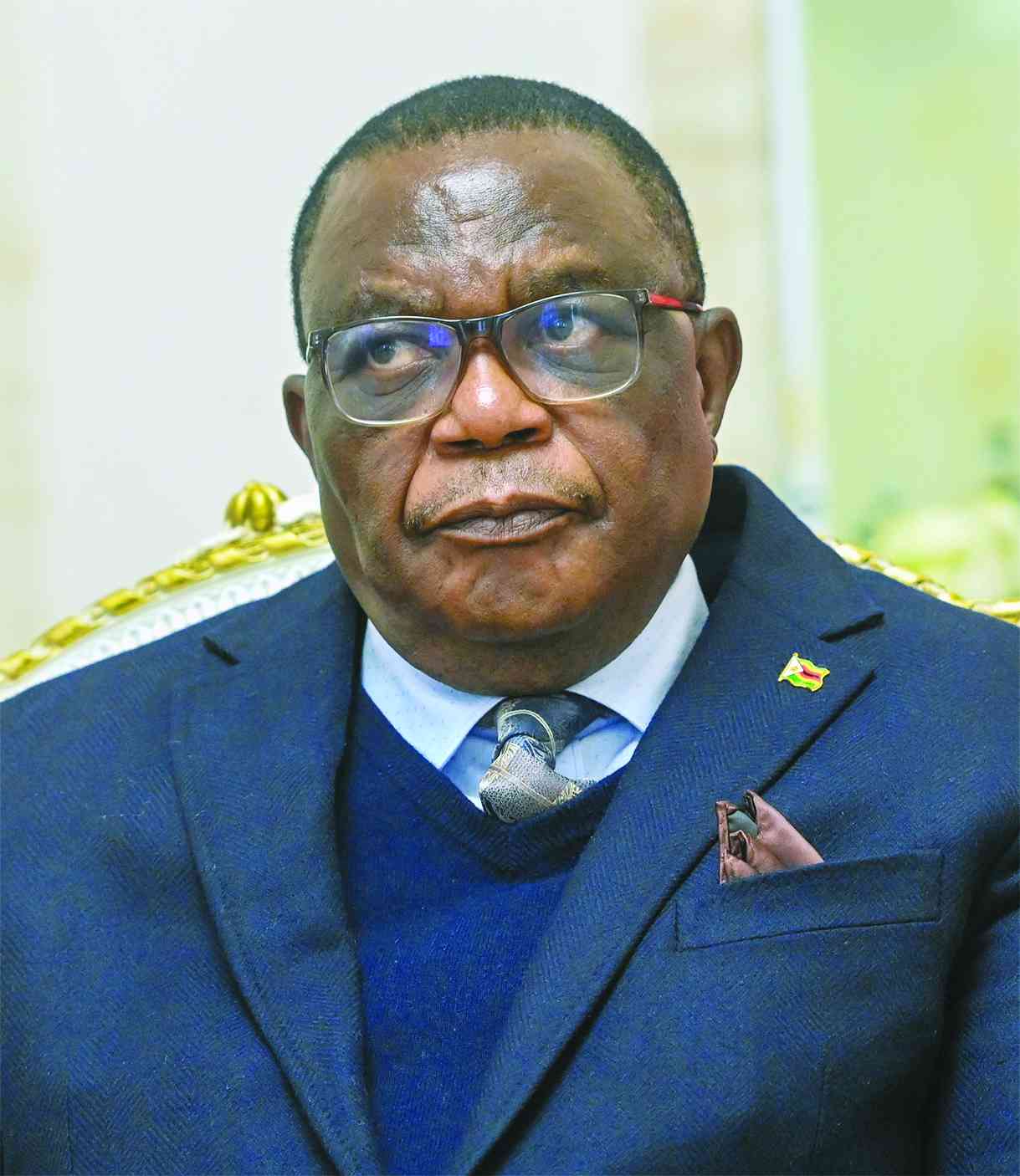
ZIMBABWE’S vision of becoming an upper-middle-income economy by 2030 might be off the rails as the country’s macro-economic performance is failing to reach the 15% threshold set by the World Bank, a top economist has said.
According to the World Bank, middle-income countries are divided into two categories: Lower-middle-income economies with gross national income per capita within the US$1 036 and US$4 045 range, while upper-middle-income economies have a per capita range of between US$4 046 and US$12 535.
Presenting a paper at the Employers Confederation of Zimbabwe (Emcoz) annual congress in Kariba on Tuesday, economist Prosper Chitambara said the economy had been slowing down for the past two years.
“According to the World Bank, our economy needs to be growing by at least 15% from now until 2030 if we are to achieve the vision of being an upper-middle-income economy by 2030. In terms of our macroeconomic performance, we are nowhere near that 15% threshold,” he said.
“It’s likely that we are not going to be able to achieve the target of being an upper-middle-income economy by 2030. Our growth has not been consistent and that has been affected also by climate-induced shocks.”
Chitambara added: “But when we look at even those years that our economy has actually been growing, we have not grown fast enough and we have not created enough employment opportunities and also it has not had a significant poverty reduction effect.
“According to the World Bank, it’s actually estimated that about 42% of Zimbabweans are living in extreme poverty. If your daily income level is US$2,15 or lower, you are classified as being extremely poor.”
Government expects economic growth of 5,5% for this year.
- Mavhunga puts DeMbare into Chibuku quarterfinals
- Bulls to charge into Zimbabwe gold stocks
- Ndiraya concerned as goals dry up
- Letters: How solar power is transforming African farms
Keep Reading
“But again that 5,5% growth projected for this year is lower than the 6,5% last year. That’s actually slowing down. In 2021, the economy grew by 7,8%. We can see over the past two years the economy has been slowing down,” he said.
As a result of geopolitical developments, commodity prices have been softening, thereby affecting Zimbabwe’s mineral exports.
Eighty percent of Zimbabwe’s export revenue comes from the mining sector.
Chitambara bemoaned high levels of informality in the country. According to the latest statistics from Zimbabwe National Statistics Agency, 86% of total employment in Zimbabwe is informal employment.
“So, it creates a lot of problems because informal employment is characterised by low levels of income, high levels of poverty and of course decent work deficits. So, we need to sustain a high growth rate because 15% may be a tall order but if we can, at least, be consistent at say between 7 and 10% every year,” he said.
“If we are able to sustain at least 7 to 10% every year, then that can actually have a significant effect in terms of ensuring that we are generating enough income to be able to finance critical sectors of the economy, ensure that we increase our per capita income levels and generate revenues to be able to pay back our high debt stock, which is currently estimated at about US$17,7 billion.
“So sustaining growth is very critical. It helps the economy to generate health revenues to finance critical sectors and also even to pay back the debt, but of course for sustained growth, there are three.”
Chitambara said no economy could prosper without a fair record of macroeconomic stability typified by low and stable inflation.
“For a very long time, we have been in chronic inflation territory. We have experienced about three episodes of hyper-inflation over the past 20 years. No economy again can develop sustainably without strong economic and political institutions,” he said.
“We need to reform our parastatals. We need to strengthen property rights, especially in agriculture. We need to enhance the business environment, we need to enhance the tax regime. So those are critical institutional factors that have a bearing on sustained growth and development.”
The economist said for the country to achieve upper-middle-income status, infrastructure was also key. However, Zimbabwe is battling an infrastructure financing gap of about US$4 billion.
The country needs to be investing about US$5 billion in infrastructure every year, but has been investing only US$900 million.
The economy also faces a number of other structural challenges such as a huge competitiveness gap on account of the low levels of productivity across all sectors of the economy and the high levels of unit costs.







